Before becoming the impresario of the Neuroscience Teaching Labs in the Department of Psychological and Brain Sciences in the College of Arts and Sciences, Ben Ramsden had a long and varied career as a neuroscientist across two continents.
Born in Melbourne, Australia, Ramsden pursued two undergraduate degrees, a bachelor’s degree in biophysics and instrumental science from Swinburne Institute of Technology, and a B.A. in journalism and the social studies of science from Deakin University. He spent almost a decade working in Melbourne as a neurophysiologist at the Heidelberg Repatriation Hospital and then as a senior staff scientist at the Mental Health Research Institute of Victoria. There he implemented new eye-tracking equipment and conducted research in schizophrenia and the early stages of dementias associated with HIV and Alzheimer’s. He received a Ph.D. in electrical engineering and neuroscience in 1997 from Swinburne University of Technology.
And then the fun began. His partner/spouse and fellow neuroscientist, Aina Puce, attained a postdoctoral fellowship at Yale University’s School of Medicine in the U.S., setting off a yearslong trans-Pacific game of academic cat and mouse. Ramsden joined Puce at Yale a few years later for a post-doctoral fellowship of his own in neurobiology. Soon after, however, she returned to Melbourne for a faculty position, until finally, in 2002 they both gained positions as professors at the West Virginia University School of Medicine, where Ramsden taught and continued his cortical optical imaging research. In 2008, Puce then joined the IU faculty in her current position as the Eleanor Cox Riggs Professor in the Department of Psychological and Brain Sciences. Ramsden arrived one year later when he accepted a senior scientist position.
Ramsden credits the unique role he was given in the Department of Psychological and Brain Sciences as director of the new teaching labs to the innovative thinking of PBS Professor and then-Chair Linda Smith, who skillfully navigated the administrative landscape to create a position that matched his skills with the department’s needs. In addition to accumulating mileage on countless flights between the U.S. and Australia, Ramsden had also accumulated a wealth of knowledge and expertise in a variety of neuroscience research methods and their clinical applications. He also had experience designing and renovating several new lab spaces.
Roles like this, as he puts it, “are a little off-center from what we expect an academic career to be, but they are important in moving education and the function of our department forward.” Smith likewise saw the new teaching labs as a vital part of “the new vision of ourselves as psychological and brain sciences.” Ramsden, she reports, “came with new ideas and enthusiasm about how to accomplish this, leading the effort, and playing an absolutely critical role.”
This was hardly a chore for Ramsden. “I must be a frustrated architect or interior designer,” he notes, “because these planning and building projects were terrific fun and coordinating the new spaces became a truly stimulating and rewarding venture.”
“The result,” says PBS Professor Heather Bradshaw, “is that these are now the most unique lab and study spaces in the entire building.” Or as PBS Professor Cary Lai explains, “Ben has been wonderful to work with. He’s taken that job to heart. It’s like that area is his turf.”
PBS Professor Dan Kennedy also recognizes Ramsden as a passionate scientist who “cares deeply about teaching and training. The spaces he developed are student-focused, directed at creating unique experiences.”
Among the most valued of these experiences is Ramsden's small-section lab course in electroencephalography, or EEG, methods. In class, students learned to use EEG equipment to investigate changes in brain electrical activity to get acquainted with the many clinical and research applications of EEG.
You might think that among the many activities the pandemic would render impossible were the very hands-on lab courses in these labs. Yet, through his heroic efforts, Ramsden resuscitated his own and others’ lab courses. For his EEG course, for instance, he delivered a special EEG headset to each student, so they could make their recordings remotely and share the data online. As department Chair Bill Hetrick noted, “Ben demonstrated extraordinary creativity, arriving at elegant solutions for students’ hands-on research training in this era of 100% online learning.”


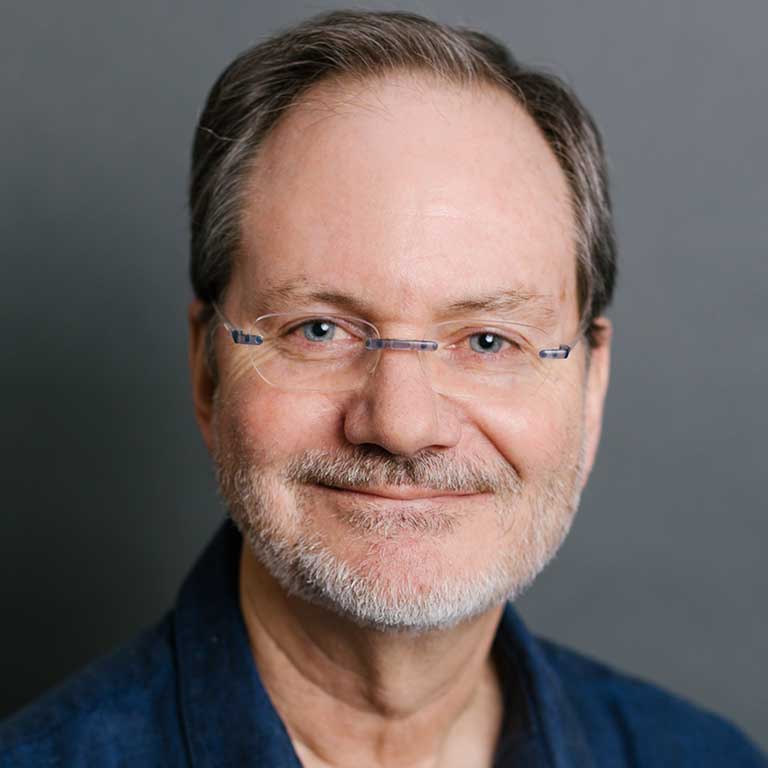
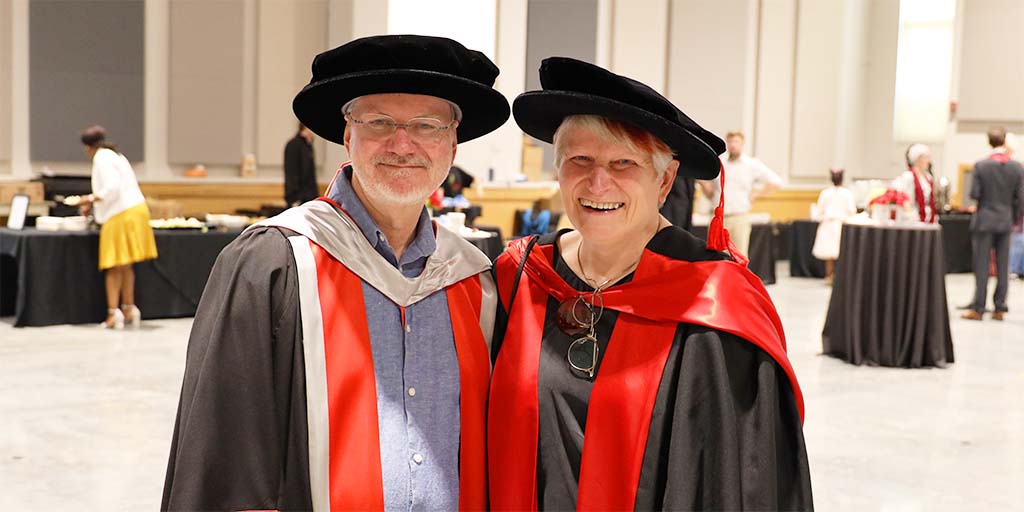
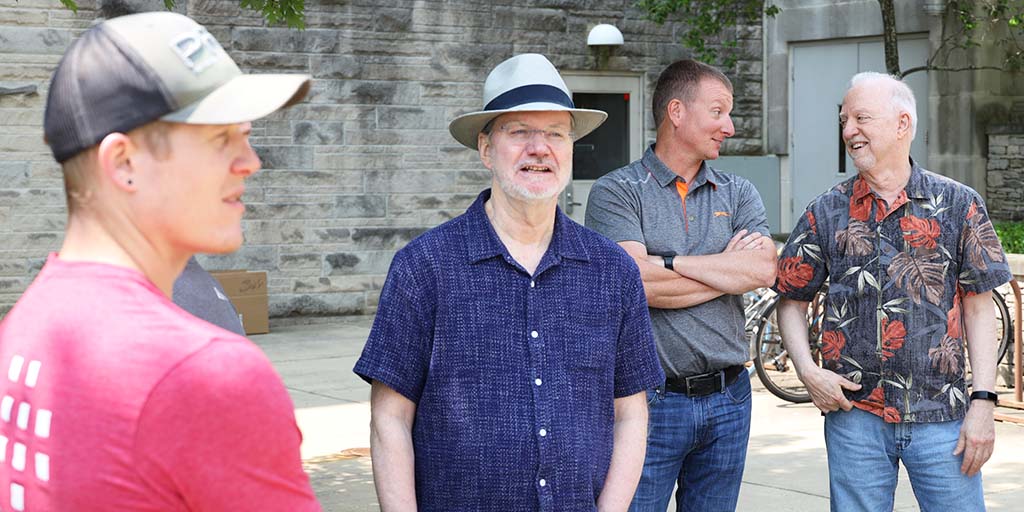
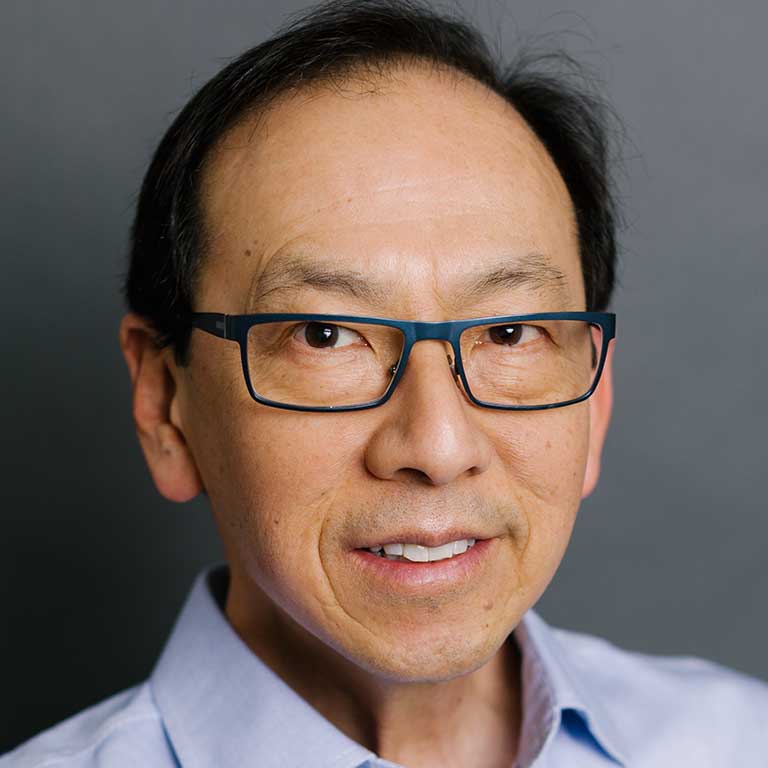
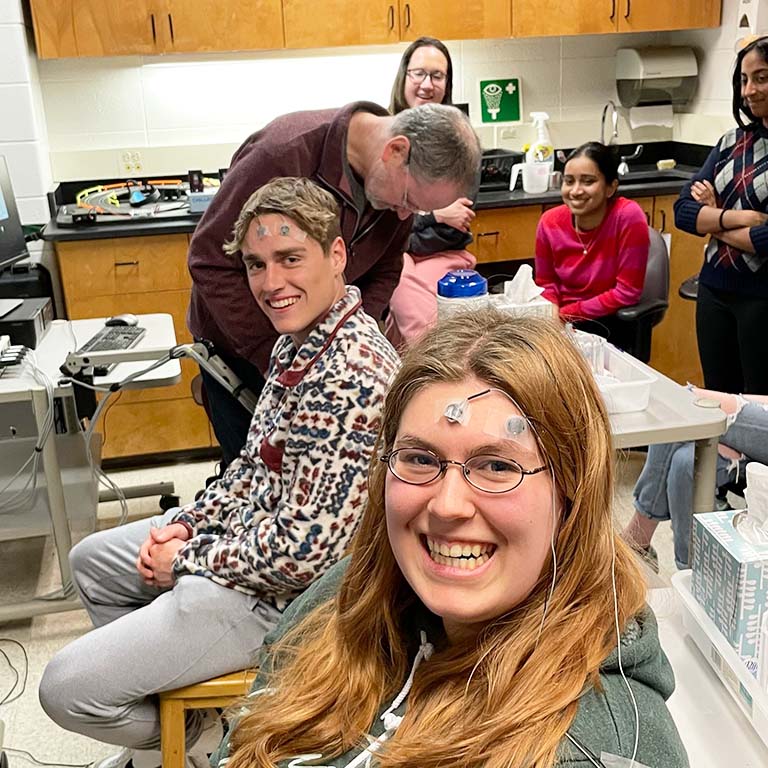
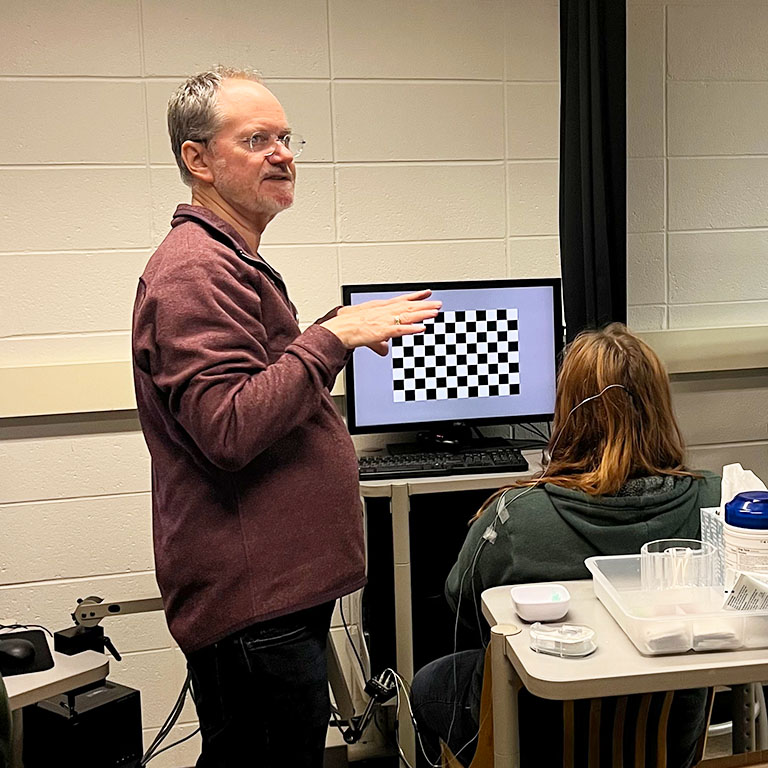
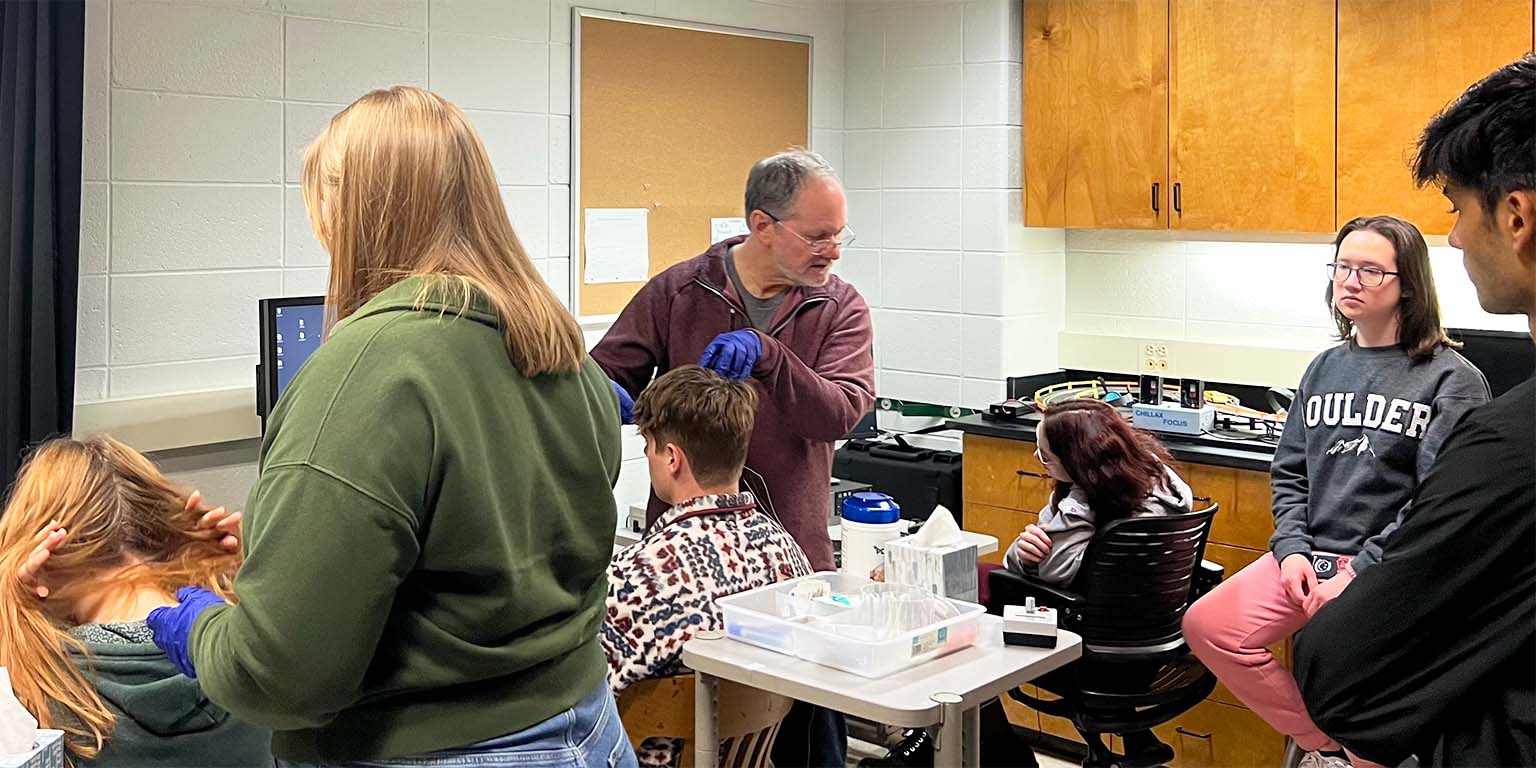
 The College of Arts
The College of Arts